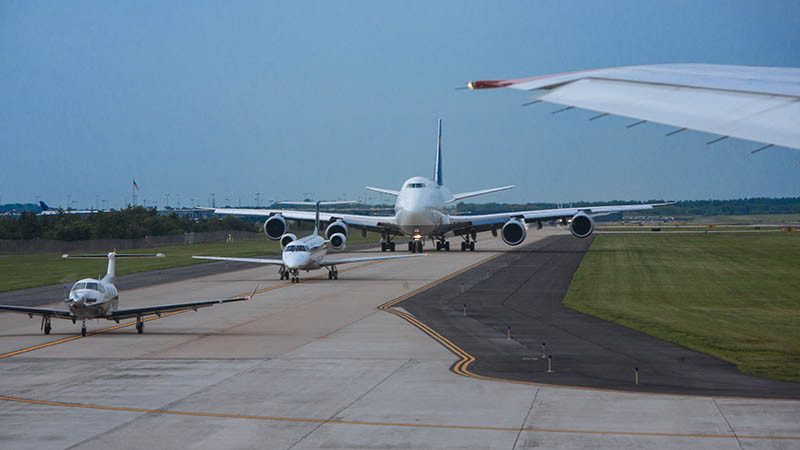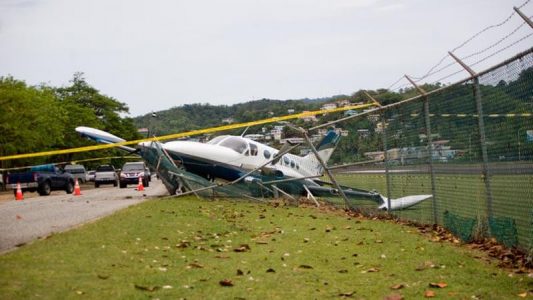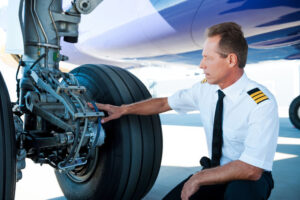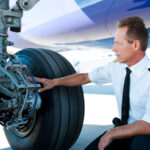New pilot training tips are intended to help with runway excursion accidents
Runway excursions are now the most frequent type of runway accident for both large and small aircraft. It is no surprise that there is an abundance of activity directed toward reducing these numbers and increasing safety margins for all facets of aviation. Pilot training is, of course, a critical piece of the runway excursion puzzle. A new report offers recommendations for many other partners working toward the safe outcome of every flight.
The report is called the “Global Action Plan for the Prevention of Runway Excursions” (GAPPRE) and uses the input of over 100 aviation professionals from over 40 organizations. The action plan, led by The Flight Safety Foundation (FSF) and Eurocontrol, marks the beginning of a year-long campaign focused on the risks of runway excursions and implementing the many recommendations contained in its pages.
In total, there are 101 recommendations outlined in the report, divided by a broad range of groups who actively participate in aviation safety:
- 17 for airport operators
- 8 for air navigation service providers
- 35 for aircraft operators
- 16 for aircraft manufacturers
- 17 for aircraft regulators and ICAO
- 8 for research and development

The GAPPRE is the latest initiative produced by the Flight Safety Foundation related to approach and landing safety. They also created the Approach and Landing Accident Reduction Toolkit, which was first issued in 1998 and then updated in 2010. To date, it is one of the most widely circulated and utilized efforts in the Foundation’s history. They are also responsible for the Go-Around Decision-Making and Execution Project, a report gaining international traction because of its timely information and recommendations.
Unfortunately, even with all of the recent efforts to raise awareness and minimize accidents, the rate and numbers of runway excursions in the world have remained steady in the last decade. These accidents have included a relatively high number of fatalities. Aviation groups call this unacceptable, especially with all of the advances in technology that the aviation community has enjoyed in recent years. Thus, the guidance outlined is significant and should be incorporated into flight training departments as soon as possible.
Interestingly enough, aircraft operators’ recommendations to minimize runway excursions begin at cruise altitude before initiating the descent for landing. We cannot underestimate the importance of being thoroughly prepared for descent, approach, and landing. The time to do landing calculations based on timely weather observations is before the descent has even begun. Flight crews should also complete all planning, set up, and briefings before the top of descent.
Creating appropriate Standard Operating Procedures (SOP’s) is something that is mentioned over and over again in the GAPPRE. It is recommended that SOPs are developed for all operations related to takeoff, approach, and landing. Also included in the recommended SOPs is ANY crewmember’s ability to call for a go-around in any situation (unless an emergency dictates differently). The report also suggests using simulators to demonstrate crosswind techniques on wet and slippery runways and rejected takeoffs in all kinds of weather conditions.
Pilot training is a critically important factor in reducing the number of runway incursions experienced by the aviation community, but including recommendations for other aviation segments will further enhance the safety of runway operations. We must all work together to mitigate the runway excursion risk.










